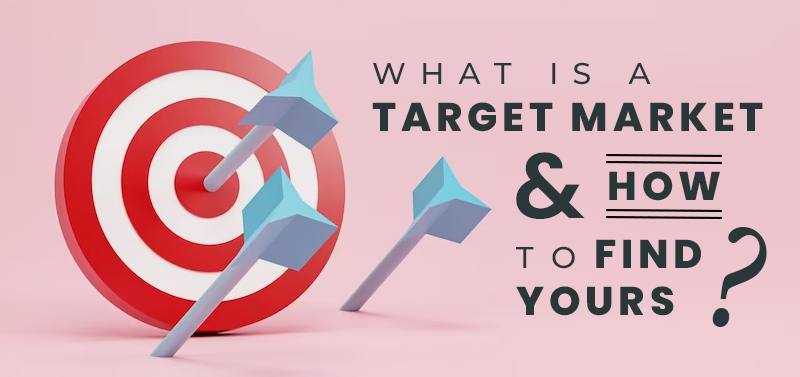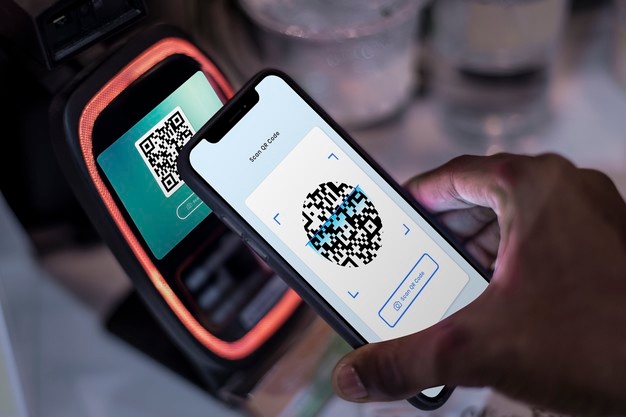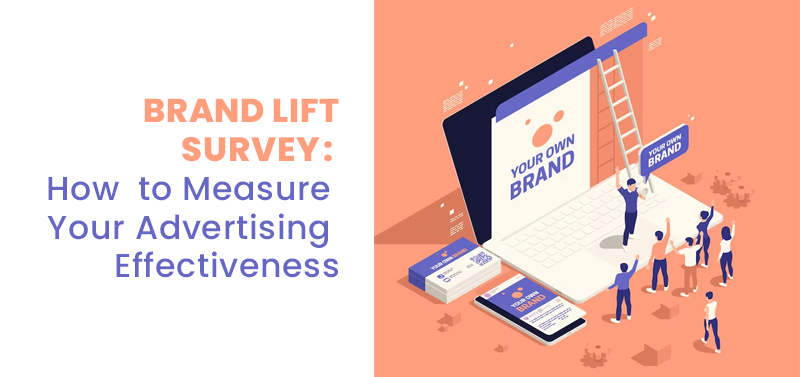November 06, 2021 10:31AM
Understanding NPS

On a scale of 0 to 10, how likely would you recommend a brand to your friends and family?
As a consumer, you would have been asked this question many times by now, while you are using an app, paying for your meal, or paying at a shop counter.
This question is used to measure the most common metric to gauge customer experience, which is the Net Promoter Score (NPS). It is a quick, and easy way for customers to tell the business what they think of their products and services. Businesses can extract a lot of insights from this one simple question. It reveals the customer’s overall satisfaction with the business’ products and services, whether it meets the customer’s expectations, or even exceed it. Most of all, as the name of the metric suggests, it reveals how much more brand promoters, your fervent customers, that you have over your brand detractors, your dissatisfied customers.
Calculating the Net Promoter Score (NPS)
The calculation for the Net Promoter Score (NPS) is very simple. Take the survey result of the “likelihood to recommend brand to friends and family” question above, calculate the percentage of customers who answered 9 & 10, and the percentage of people who answered 0 to 6. Those who gave a score of 9 & 10 are your promoters, i.e.: customers who think that your products and services exceed their expectations. As for those who gave a score of 0 to 6, they are your detractors who think that your products and services are below par. Finally, those who gave a score of 7 & 8 are your passive customers who think that your products and services just about meet their expectations.
Your brand’s NPS is then obtained by subtracting the % of promoters with the % of detractors.
Interpreting the Net Promoter Score
Now that you have calculated your NPS, what does that mean? What if my NPS is negative? NPS can be loosely interpreted as your organic growth %.
The NPS theory suggests that those who gave a score of 9 & 10 will promote your brand when your brand is mentioned in a casual conversation with their friends and family, whereas those who gave a score of 0 to 6 will conversely detracts or bad mouth your brand to their friends and family. Those who gave a score of 8 & 7 are the passive customers who will neither promote nor detract your brand.
It means that if you have a positive NPS and no marketing is done, your sales will grow at a rate equivalent to your NPS score. If you have a negative NPS and no marketing is done, your sales will shrink at a rate equivalent to your NPS score.
However, this is just a loose interpretation of organic growth because it’s a generalized scoring and does not consider the difference between those who gave a score of 0 and 6. In reality, those who gave a score of 0 are more likely to be fervent detractors than those who gave a score of 6. Vice versa for the difference between promoters who gave a score of 9 and 10.
Due to its simple nature of requiring only one question to calculate the score, it can also incite very high response rate. This allows large sample size to be gathered for the NPS, thus increasing the confidence level of the insights. Like any other insights, it is imperative that your research sample is representative of your target universe, which in this case it is your customer base.
Overall, NPS is a good enough metric to get a quick holistic overview of how satisfied your customers are. It may not be an accurate measurement of organic growth, but regularly measuring your NPS can help you to quickly identify problems in your products and services and prevent any further hemorrhaging to your brand.
Is measuring NPS enough to keep my Customers Satisfied?
NPS alone is good for keeping track of your customer's level of satisfaction with your products and services, but it won't be able to diagnose the cause of your customer's dissatisfaction.
A more extensive Customer Satisfaction Research such as measuring your customer's perception towards your brand, and mystery shopping will need to be done to pinpoint the problem in your products and services so you can act on it.
Furthermore, you can bring your research further to measure your ability to command a pricing premium on your customers, which is your Brand Equity. A strong example of brands with high Brand Equity are Apple and Starbucks, where they priced their products much higher than their competitors, yet are still able to record high volume of sales.
How Vodus can help you retain your customers and build Brand Equity?
By having the largest online panel in Malaysia via the Vodus Media Network that has a combined sampling frame of 17M consumers, Vodus is best suited to gather the most accurate and representative insights on the Malaysian market.
Vodus can recruit samples that accurately reflect your customer base using our cutting-edge OMTOS survey method and conduct a comprehensive Customer Satisfaction Research to help you measure your NPS, retain your customers and build Brand Equity. Contact us in the form below to find out more.













